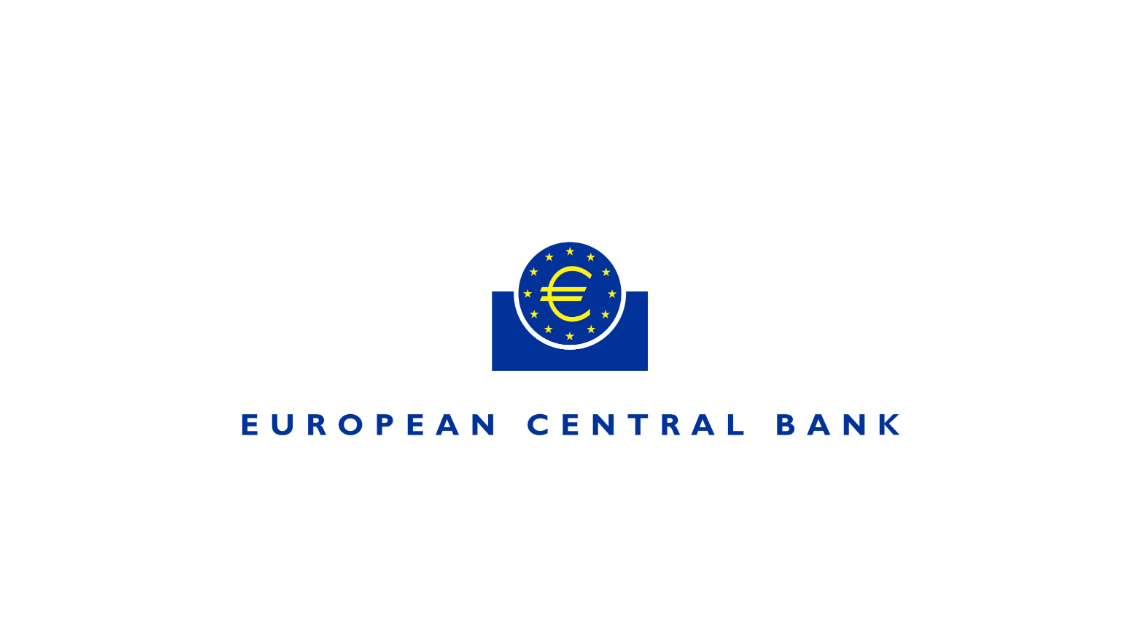Assessment of Climate Change and Biodiversity Loss Risks to Finland's Financial Stability
 Climate change, biodiversity loss, and the green transition will have significant and wide-ranging impacts on Finland's economy and society, posing potential risks to financial stability. However, current research on these risks remains limited, particularly regarding indirect impacts and nonlinear risks.
Climate change, biodiversity loss, and the green transition will have significant and wide-ranging impacts on Finland's economy and society, posing potential risks to financial stability. However, current research on these risks remains limited, particularly regarding indirect impacts and nonlinear risks.
Transition Risks
Transition risks arise from policy shifts, technological advancements, and market transformations during the transition to a carbon-neutral economy:
·Bank Loan Exposures: Studies show that nearly half of Finnish banks' energy-sector loans are directed toward low-emission or zero-emission energy producers, indicating relatively manageable risks. However, sectors such as transportation, primary production, and manufacturing exhibit higher carbon footprints and require closer monitoring.
·Renewable Energy Investments: While Finnish banks' financing of renewable energy surpasses the EU average, it remains insufficient to meet the most ambitious targets of the Paris Agreement(Kauko & Räsänen, 2022).
·Household-Level Risks: Low-energy-efficiency housing is vulnerable to energy price shocks, which could impair household debt repayment capacity and increase banks' credit risks.
Physical Risks
Physical risks stem from extreme weather events and long-term climate changes:
·Flood Risk: Coastal properties serving as loan collateral face significant risks, with an estimated exposure of €150–350 millionin residential loans and over €100 millionin commercial real estate (Manninen et al., 2021). While the total amounts are relatively small, regional risks remain notable.
·Indirect Impacts: Climate change may amplify macroeconomic and financial market instability through inflation, interest rate fluctuations, and disruptions in global supply chains.
Biodiversity Loss Risks
Biodiversity loss poses risks to businesses dependent on ecosystem services:
·23% of Finnish bank loans are highly reliant on ecosystem services (Katajarinne, 2022), highlighting significant exposure.
·Reports by the European Central Bank and the European Systemic Risk Board indicate that nearly 90%of Finnish corporate loans are directly or indirectly dependent on ecosystem services.
Future Areas of Focus
Current assessments of financial stability risks in Finland face several limitations:
1.Insufficient evaluation of indirect and nonlinear risks, such as global economic spillover effects and tipping points.
2.The need for granular data, particularly regarding loan portfolio carbon intensity and regional physical risks.
3.Gaps in monitoring and modeling cross-border spillover effects.
In conclusion, further research and improved data availability on climate and biodiversity-related risks are essential to safeguarding the stability of Finland's financial system.























































First, please LoginComment After ~